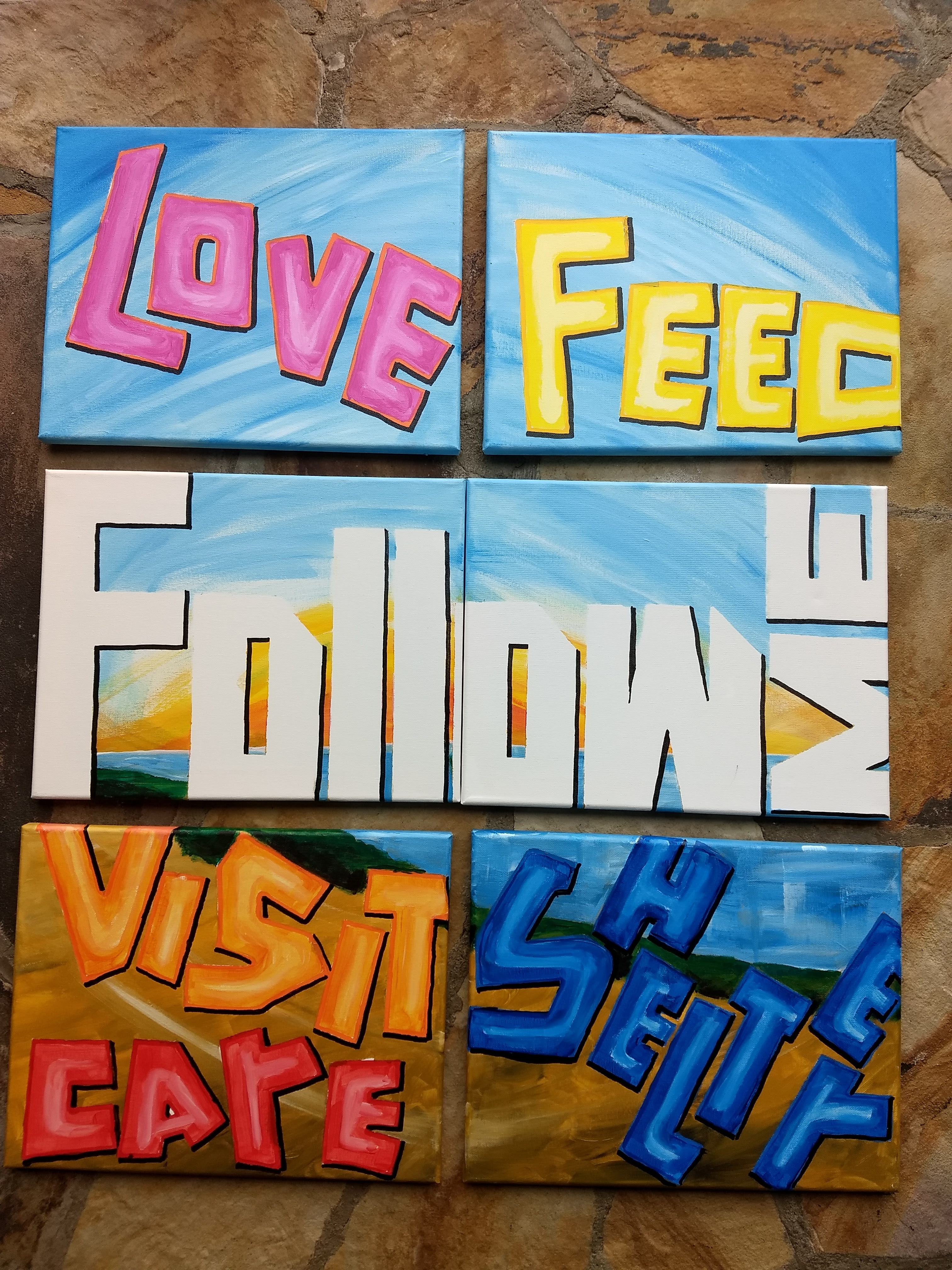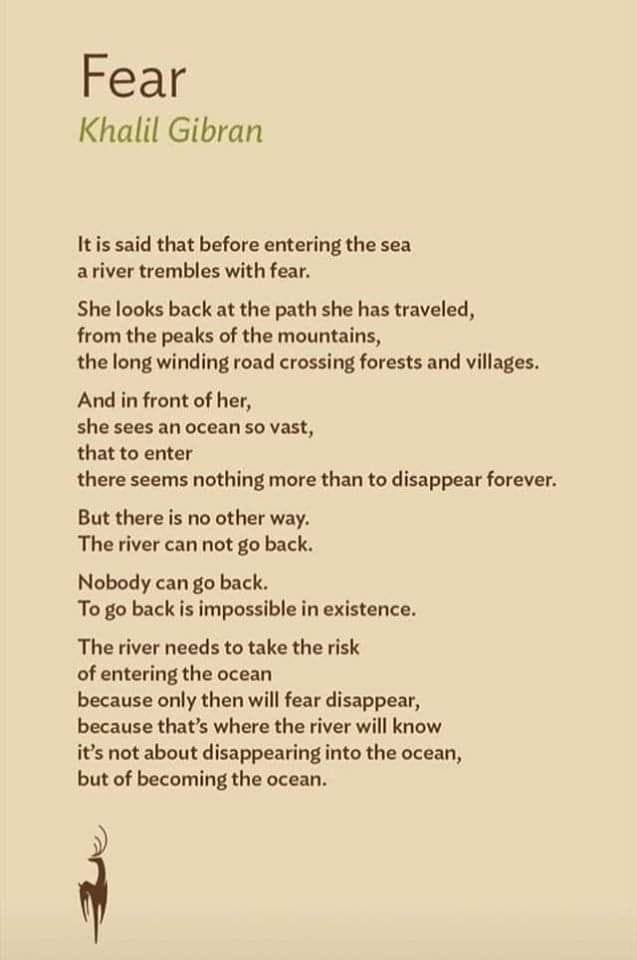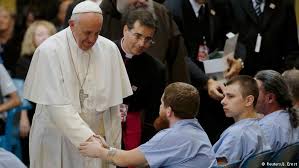Third Sunday in Ordinary Time
“’Come after me and I will make you fishers of men.’ At once they left their nets and followed him.” (Mt. 4, 20)
Following Jesus is costly.
It’s costly because it means allowing ourselves to be yanked out of our comfort zones and pushed into a journey that will demand the re-ordering of our priorities.
Just as it did Peter and Andrew in today’s gospel.
Consider their situation:
As fishermen, they had nets and boats and a multitude of other needed materials to purchase.
They had job demands obtaining processors, distributors, and sellers who were partnered with those who caught the fish.
They had families that depended on them for financial support.
And it’s important to remember, too, that they had yet to hear Jesus preach about a radically different God he called Abba, Father.
They had yet to see him perform any miracles of healing.
They had yet to witness him feeding the multitudes.
They had yet to revel in his radical stories of a Prodigal Son and a Good Samaritan.
They had yet to be astounded by the “good news of great joy” about God’s boundless love for the poor and the orphaned and the widows and the “least of these.”
None of that had happened yet.
Still, the gospel tells us “At once they left everything and followed him.”
Why would they do that?
We’ve all heard stories, and maybe even experienced them ourselves, about people who had come to a fork in the road in their lives, and, consequently, made sudden decisions they cannot completely explain.
Perhaps it was because of a book they read, or a movie they watched, or a story they heard, or a person they encountered.
Whatever it was, somehow a light was turned on in their brain.
Somehow, they realized in that moment that something was missing, something was not right, something was calling them to go deep and opt for a whole new direction in their life.
Somehow the sacred was discovered in the ordinary.
Or maybe the disciples made this radical shift in their lives because they witnessed something like this had happened to Jesus – something so enormously attractive and compelling that it jarred them, challenged them, inspired them.
Whatever it was, that “something” in Jesus gave those two fishermen a sense of daring, a sense of being a part of creating a new and exciting life. They weren’t yet sure just what it was, but what they did know was that they wanted to be a part of it.
What it turned out to be was that Jesus was calling them to follow him in developing a whole new social order – what Jesus called the creation of the “reign of God” or the “kingdom of God.”
In this new world Jesus wanted to create, he was asking them to use their skills and their talents as fishermen to begin “catching people” – people who would eventually come to be called his “church,” his community dedicated to transforming the way of the world.
And that’s what Jesus continues to do to this day – asking each of us to use whatever gifts and talents we possess to follow him in doing battle against the other kingdoms of this world, the kingdoms that promote oppression, greed, domination, enslavement.
Or, to picture it more plainly, I remember years ago speaking to a group of grade school children. I began by asking them a single question:
What do you think the church is?
I was met with dead silence.
So, in desperation, I asked them to take out a sheet of paper and draw a picture of their idea of church – not the building we call a “church,” but the community of people who gather there.
Here is what one girl drew:
She had five pictures that she had drawn on her paper.
In the upper left-hand corner, she drew a picture of a woman in bed with people surrounding her. She explained that that was her grandmother in a hospital bed. The people around her were the members from the church praying for her healing.
In the upper right-hand corner, this young girl drew a picture of a can. She said that there were hungry people in the world and God doesn’t want people to be hungry, so the church is the people who share their food.
In the bottom right-hand corner, she drew a picture of a group of children laughing and playing. She said that the church is a group of happy people because Jesus loves little children.
In the bottom left-hand corner, she drew music notes with people of different sizes and colors. She explained that God loves all people, and the church gathers to pray and sing thank-you to God.
In the middle of the paper, big enough to invade the area of each picture’s space and to unite them together, she drew a great big heart.
God is love, she said, and we are all called to love God and to love our neighbors as ourselves.
The girl was eight years old!
And so, I ask you:
What is the picture of the church – the church that these two men, Peter and Andrew, left everything to spend their lives developing – what is the picture of the church you would draw?
And how quickly would you be prepared to “At once … follow him” in creating that church?
Ted Wolgamot, Psy.D.







